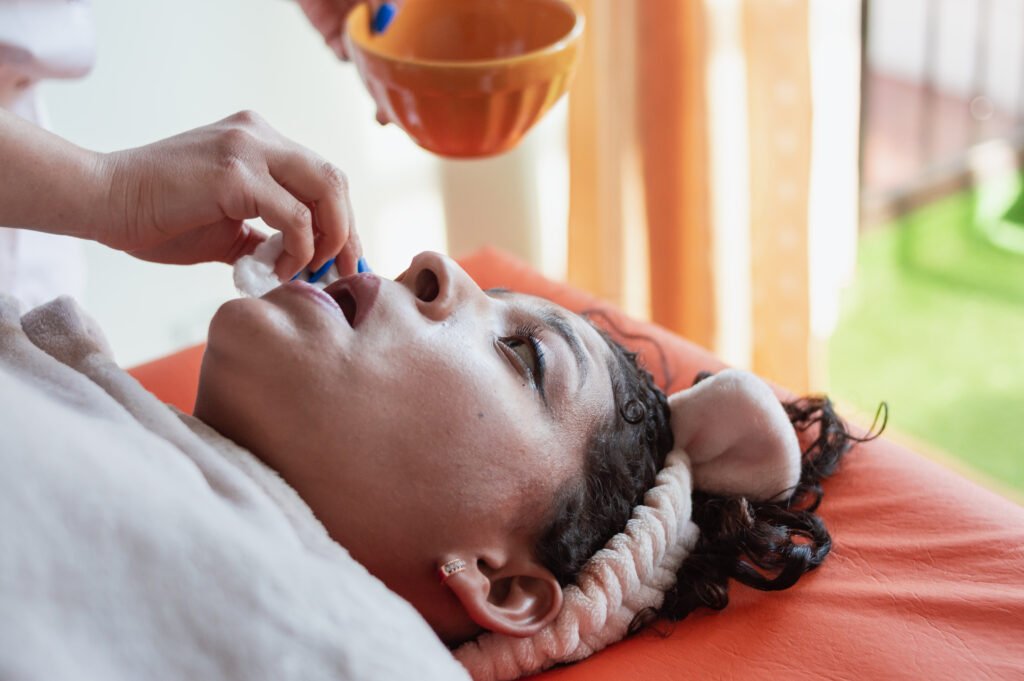A Simple Guide
In Ayurveda, the tongue is viewed as a mirror of inner health. Observing its color, shape, and coating can provide clues about how well the body and mind are balanced.
Tongue Zones & Their Links
• Front area – connected with the chest, lungs, and upper digestive tract.
• Middle section – related to the liver, stomach, and spleen.
• Back portion – reflects the large intestine and kidneys.
• Tip – linked with thyroid function.
• Vertical midline – thought to correspond with the spine.

What to Notice
• Coating – A thin coating is natural, but heavy buildup may point to weak digestion or toxin accumulation.
• Coating colors:
• Grey, black, or brown → possible Vata imbalance.
• Yellow, orange, or green → excess Pitta.
• White → Kapha dominance or sluggish digestion.
• Cracks – Often linked with Vata imbalance; the position of the crack may suggest which organ system is affected.
• Swelling or puffiness – May indicate fluid retention or Kapha-related issues.
• Red, inflamed papillae – Suggest “heat” in the system, often tied to Pitta imbalance.
• Very pale tongue – May hint at low circulation, weakness, or nutritional deficiency.
• Teeth marks on the edges – Can suggest poor nutrient absorption or digestive weakness.
• Depression in the heart area – Sometimes associated with emotional strain such as grief or sadness.



